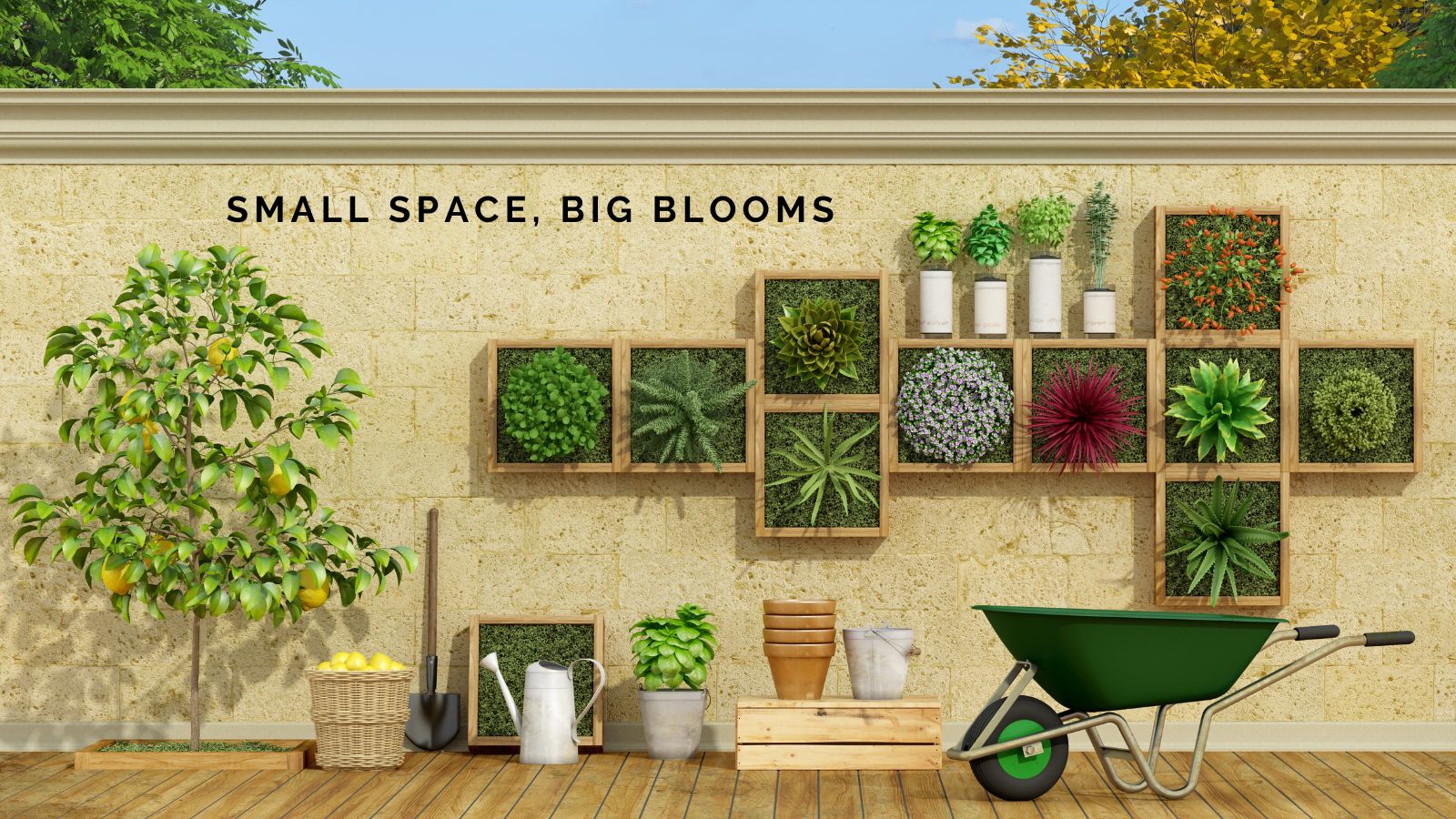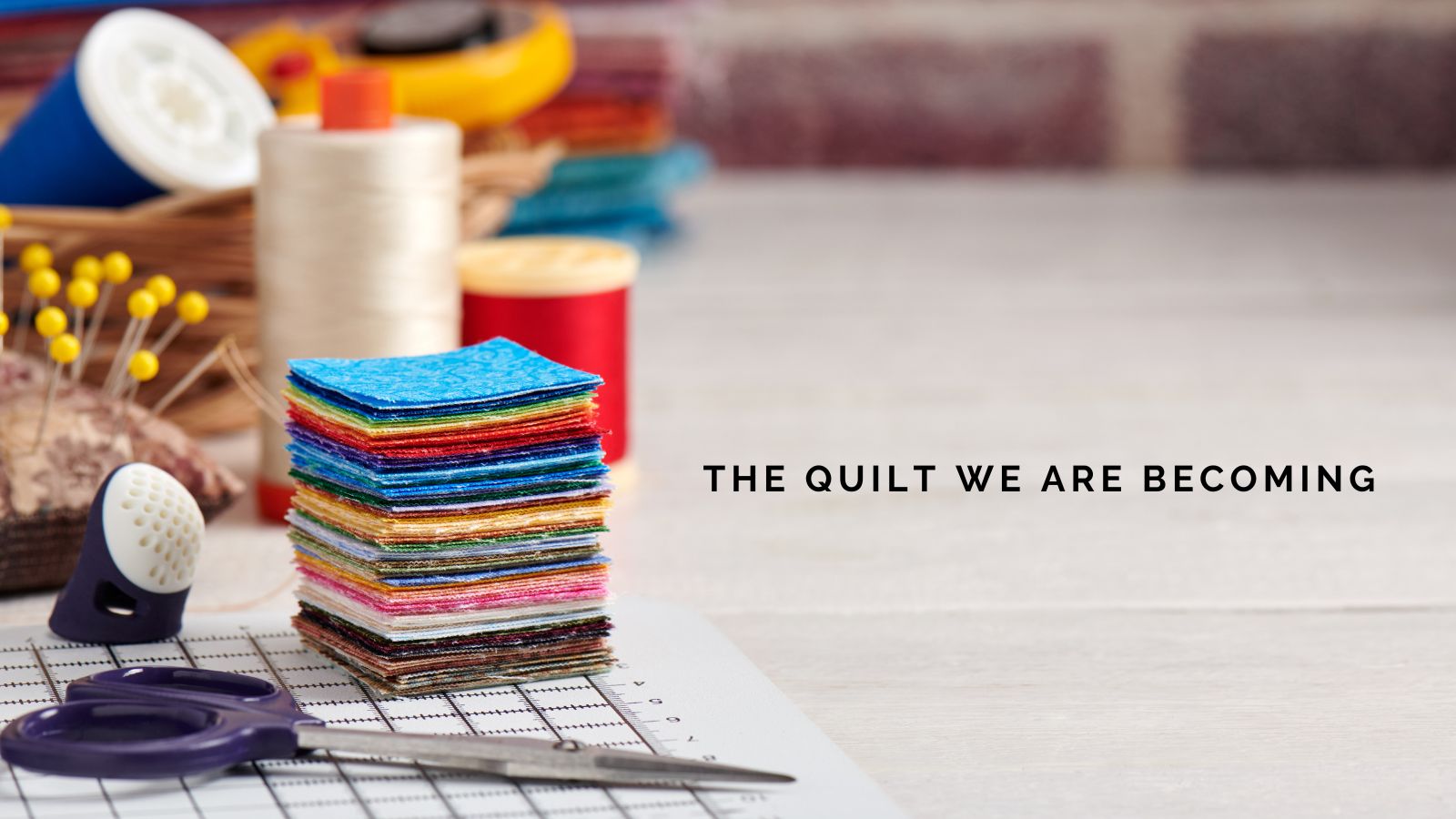
Have you ever gazed longingly at lush green walls in cafés or scrolling through Pinterest boards, thinking I wish I could do that? Well, here’s the truth: you absolutely can. Whether you’ve got a tiny balcony, a bare wall, or a sunny corner that could use a little love, a vertical garden is a stunning (and surprisingly simple) way to transform your space into a vibrant, living canvas.
Best of all, you don’t need a massive garden, a degree in botany, or a fortune in equipment. Just a bit of creativity, a sunny spot, and a willingness to get your hands slightly dirty.
Before you rush out to buy plants, take a moment to study your space. Is it indoors or outside? How much sunlight does it get during the day? Is it exposed to wind, rain, or curious pets?
Sunlight is the big one here. Most plants prefer around four to six hours of sun daily, so choose your wall wisely. A sunny balcony, a garden fence, or even a kitchen wall near a window can all work wonderfully. The idea is to let the plants flourish where they naturally feel at home — you don’t want to be chasing the sun around with pots all year!
There’s no one-size-fits-all when it comes to vertical gardening, and that’s part of the fun. If you’re a beginner, it’s a good idea to start simple. Wall-mounted planters are a great place to begin — you can attach small pots to a trellis, a wooden pallet, or even upcycle an old shoe organiser (yes, really!). They’re easy to water and arrange, and you can build up your display over time.
For something more self-contained, stackable planters or tiered plant stands are brilliant. They don’t require any drilling into walls and can be moved around if needed. If you’re feeling adventurous and a little handy, building a DIY pallet garden can be a fun weekend project that gives you a rustic, charming look.
This is the part where most new gardeners get a bit overexcited — and I don’t blame you. Rows of fragrant herbs, trailing vines, and cheerful flowers are hard to resist. But a little planning goes a long way.
Start with plants that are hardy, low-maintenance, and suited to your chosen light conditions. Herbs like mint, basil, and parsley are brilliant choices, especially for sunny spots near the kitchen. Leafy greens like lettuce and spinach grow quickly and don’t need a lot of fussing over. And for a splash of colour, consider flowers like petunias, nasturtiums or pansies — they’re forgiving and oh-so-pretty.
Don’t try to mix plants with wildly different needs in one wall. If you plant thirsty greens next to drought-loving succulents, one of them will end up resenting you. Keep things simple at first, and group plants with similar needs together.
Now, let’s talk water — because vertical gardens do behave a little differently to potted plants on the ground. Water tends to flow downward (thank you, gravity), so the plants at the top often get drenched while the ones at the bottom stay dry and thirsty.
It’s best to water slowly and evenly, and always check how damp the soil feels before giving more. Indoor vertical gardens might need watering a bit less often, especially if they’re not in direct sun. Outdoors, you’ll likely need to water more in hot weather — or consider installing a small drip irrigation system if you’re feeling fancy.
The key here is consistency and observation. Check in with your plants regularly — they’ll tell you how they’re doing if you’re paying attention.
Like any living thing, your vertical garden will need a bit of care. But don’t worry — it’s all very manageable. Dead leaves and overgrown stems should be trimmed now and then to keep things looking neat and to encourage new growth. If you’re using edible plants, snipping herbs or harvesting greens regularly actually helps them grow fuller.
Watch out for pests, especially in warmer months. Aphids, spider mites, and the occasional cheeky caterpillar can show up uninvited. A gentle spray with soapy water is often enough to send them packing.
Feeding your plants with a little liquid fertiliser every couple of weeks (especially during spring and summer) can give them the boost they need to stay vibrant. And don’t forget to give your vertical garden structure a quick clean every so often — especially indoors where dust can settle.
At the end of the day, your vertical garden should be something that brings you joy, not stress. It's okay if it doesn’t look like a magazine photo right away — or ever, really. It’s yours. It’s alive. It will change, grow, and reflect your personality over time.
So have fun with it. Try new plant combinations. Rearrange your pots. Add quirky decorations. Talk to your plants (yes, really). They’ll love you for it.
If you’ve been dreaming of a bit more green in your life, a vertical garden is a gorgeous and satisfying way to start. It brings beauty, fresh air, and a little slice of calm into your space — no matter how small.
And if you give it love, it’ll bloom right back at you.
Happy planting, and don’t forget — if you’ve created a vertical garden of your own, I’d love to hear about it! Share your stories, successes, and even your mishaps. That’s how all great gardeners grow.






















